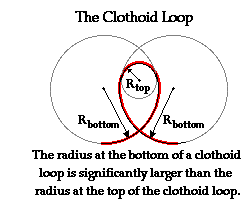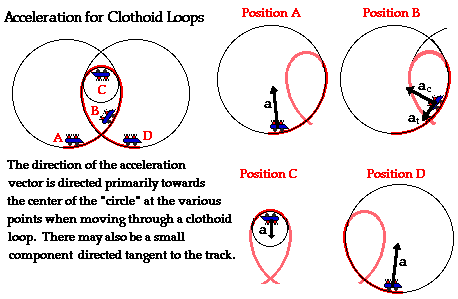Part of the physics of a roller coaster is the physics of work and energy. The ride often begins as a chain and motor (or other mechanical device) exerts a force on the train of cars to lift the train to the top of a vary tall hill. Once the cars are lifted to the top of the hill, gravity takes over and the remainder of the ride is an experience in energy transformation.
At the top of the hill, the cars possess a large quantity of potential energy. Potential energy - the energy of vertical position - is dependent upon the mass of the object and the height of the object. The car's large quantity of potential energy is due to the fact that they are elevated to a large height above the ground. As the cars descend the first drop they lose much of this potential energy in accord with their loss of height. The cars subsequently gain kinetic energy. Kinetic energy - the energy of motion - is dependent upon the mass of the object and the speed of the object. The train of coaster cars speeds up as they lose height. Thus, their original potential energy (due to their large height) is transformed into kinetic energy (revealed by their high speeds). As the ride continues, the train of cars are continuously losing and gaining height. Each gain in height corresponds to the loss of speed as kinetic energy (due to speed) is transformed into potential energy (due to height). Each loss in height corresponds to a gain of speed as potential energy (due to height) is transformed into kinetic energy (due to speed). This transformation of mechanical energy from the form of potential to the form of kinetic and vice versa is illustrated in the animation below.











